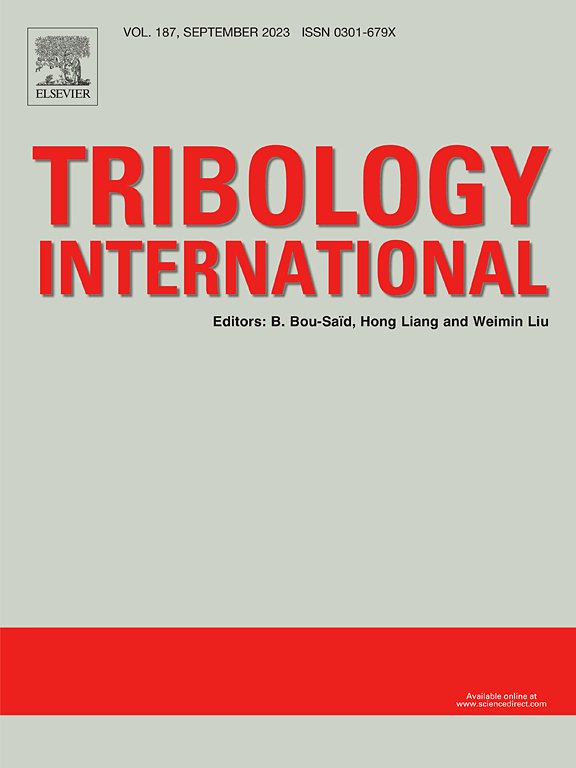Local surface roughness of cylindrical gears: Concept, method, and application
IF 6.1
1区 工程技术
Q1 ENGINEERING, MECHANICAL
引用次数: 0
Abstract
Surface roughness strongly affects the surface load-carrying capacity, transmission efficiency, and bending strength of gears. However, tooth-surface roughness is traditionally measured in terms of the average roughness parameter of the tooth surface, which is satisfactory for processing quality control but inadequate for performance analysis purposes. Each point of the tooth-profile meshes sequentially and its parameters (such as slip–roll ratio, load, and friction) temporally vary throughout the gear transmission process. Considering these variations, this paper proposes a local roughness and evaluation method for analyzing tooth-profile wear. First, the gear-tooth profile (roughness, waviness, and shape deviation) is obtained on multiple geometric scales using a roughness profilometer. Second, the acquired curves are mapped to the gear coordinate system using the orthogonal distance fitting algorithm. Thereafter, the contact of the tooth surface is analyzed under the working conditions of a gear pair. The Hertzian contact width of the working points of the tooth profile is calculated from the root to the top of the tooth, and the roughness parameter at each point is calculated in the contact area. The obtained roughness parameters are sequentially connected to obtain the local roughness curve. Finally, the tooth profile wear is determined from the local roughness curve during an FZG gear test. The local roughness curves provide accurate evaluations of the lubrication state of the tooth surface and the locations of pitting and micro-pitting on the tooth surface.
求助全文
约1分钟内获得全文
求助全文
来源期刊

Tribology International
工程技术-工程:机械
CiteScore
10.10
自引率
16.10%
发文量
627
审稿时长
35 days
期刊介绍:
Tribology is the science of rubbing surfaces and contributes to every facet of our everyday life, from live cell friction to engine lubrication and seismology. As such tribology is truly multidisciplinary and this extraordinary breadth of scientific interest is reflected in the scope of Tribology International.
Tribology International seeks to publish original research papers of the highest scientific quality to provide an archival resource for scientists from all backgrounds. Written contributions are invited reporting experimental and modelling studies both in established areas of tribology and emerging fields. Scientific topics include the physics or chemistry of tribo-surfaces, bio-tribology, surface engineering and materials, contact mechanics, nano-tribology, lubricants and hydrodynamic lubrication.
 求助内容:
求助内容: 应助结果提醒方式:
应助结果提醒方式:


